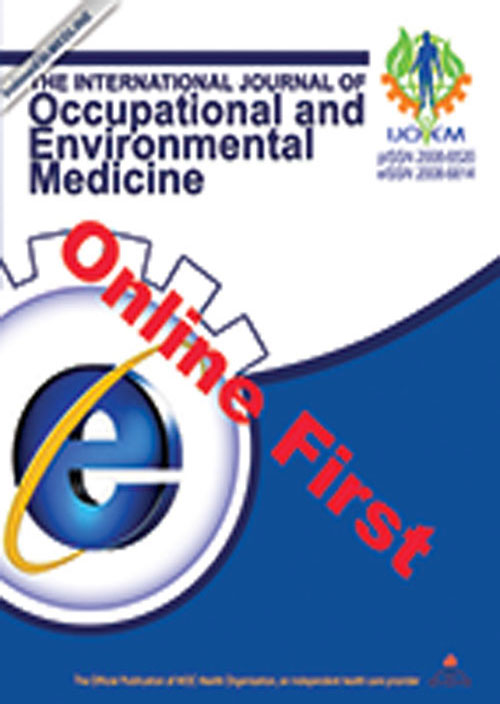Physical Activity and Exercise Interventions in the Workplace Impacting Work Outcomes: A Stakeholder-Centered Best Evidence Synthesis of Systematic Reviews
Author(s):
Mi White , Ce Dionne , O. W , Auml , Rje , M. Koehoorn , Sl Wagner , Iz Schultz , C. Koehn , K. Williams-Whitt , Hg Harder , R. Pasca , V. Hsu , L. Mcguire , W. Schulz , D. Kube Wright
Abstract:
Background
The prevention of work disability is beneficial to employees and employers, and mitigates unnecessary societal costs associated with social welfare. Many service providers and employers have initiated workplace interventions designed to reduce unnecessary work disability.Objective
To conduct a best-evidence synthesis of systematic reviews on workplace interventions that address physical activities or exercise and their impact on workplace absence, work productivity or financial outcomes.Methods
Using a participatory research approach, academics and stakeholders identified inclusion and exclusion criteria, built an abstraction table, evaluated systematic review quality and relevance, and interpreted the combined findings. A minimum of two scientists participated in a methodological review of the literature followed by a consensus process.Results
Stakeholders and researchers participated as a collaborative team. 3363 unique records were identified, 115 full text articles and 46 systematic reviews were included, 18 assessed the impact of physical fitness or exercise interventions. 11 focused on general workers rather than workers who were absent from work at baseline; 16 of the reviews assessed work absence, 4 assessed productivity and 6 assessed financial impacts.Conclusion
The strongest evidence supports the use of short, simple exercise or fitness programs for both workers at work and those absent from work at baseline. For workers at work, simple exercise programs (12 modal components) appear to provide similar benefits to those using more complex multimodal interventions. For workers off-work with subacute low back pain, there is evidence that some complex exercise programs may be more effective than simple exercise interventions, especially if they involve workplace stakeholder engagement, communication and coordination with employers and other stakeholders. The development and utilization of standardized definitions, methods and measures and blinded evaluation would improve research quality and strengthen stakeholder-centered guidance.Keywords:
Language:
English
Published:
International Journal of Occupational and Environmental Medicine, Volume:7 Issue: 2, Apr 2016
Pages:
61 to 78
magiran.com/p1696866
دانلود و مطالعه متن این مقاله با یکی از روشهای زیر امکان پذیر است:
اشتراک شخصی
با عضویت و پرداخت آنلاین حق اشتراک یکساله به مبلغ 1,390,000ريال میتوانید 70 عنوان مطلب دانلود کنید!
اشتراک سازمانی
به کتابخانه دانشگاه یا محل کار خود پیشنهاد کنید تا اشتراک سازمانی این پایگاه را برای دسترسی نامحدود همه کاربران به متن مطالب تهیه نمایند!
توجه!
- حق عضویت دریافتی صرف حمایت از نشریات عضو و نگهداری، تکمیل و توسعه مگیران میشود.
- پرداخت حق اشتراک و دانلود مقالات اجازه بازنشر آن در سایر رسانههای چاپی و دیجیتال را به کاربر نمیدهد.
In order to view content subscription is required
Personal subscription
Subscribe magiran.com for 70 € euros via PayPal and download 70 articles during a year.
Organization subscription
Please contact us to subscribe your university or library for unlimited access!


